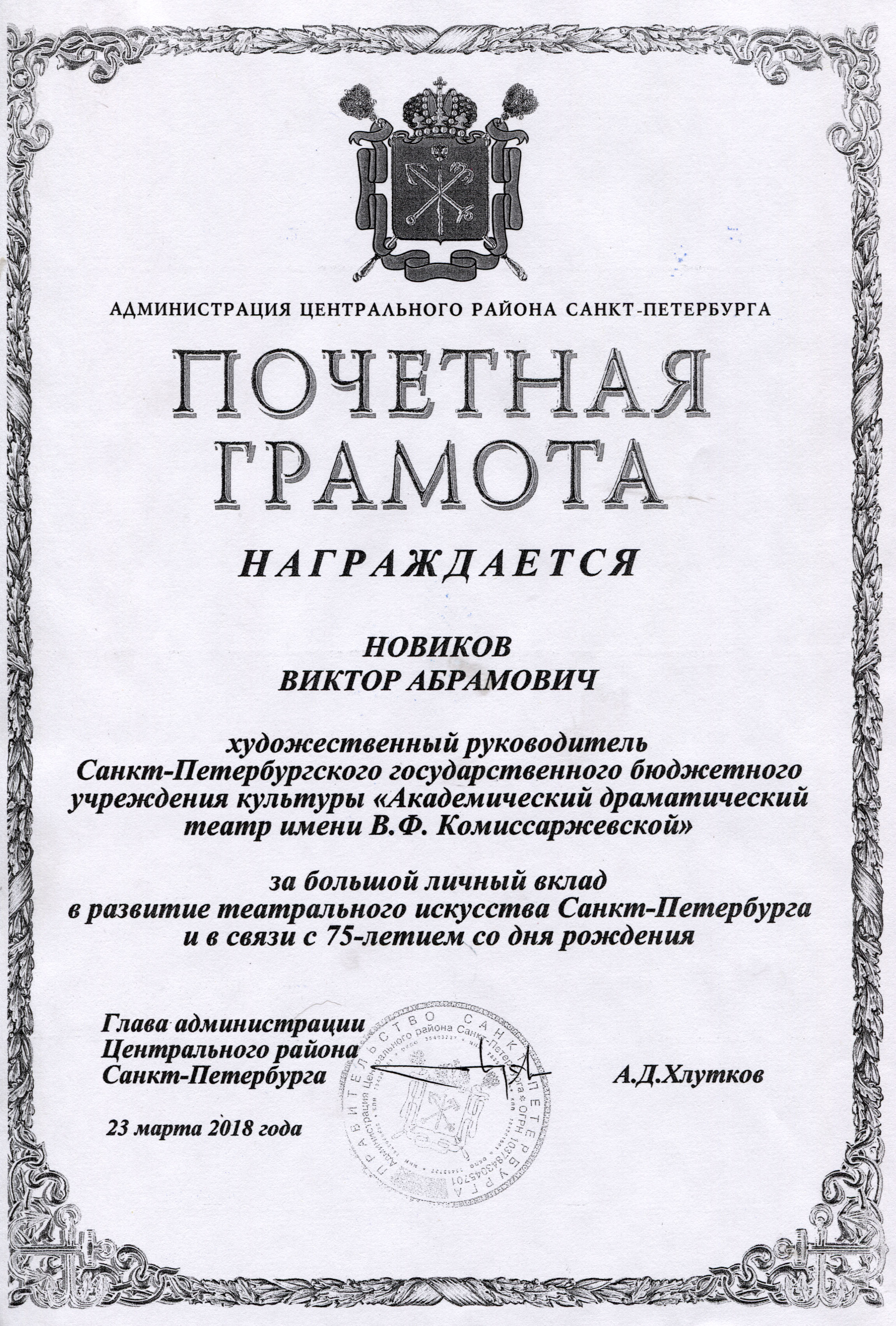Pulpit of Prato ( Italian pronunciation: ( )) is a city and in, Italy, the capital of the. The city is at the foot of, elevation 768 metres (2,520 ft), the last peak in the Calvana chain. The lowest elevation in the comune is 32 metres (105 ft), near the Cascine di Tavola, and the highest is the peak of Monte Cantagrillo at 818 metres (2,684 ft). The, a tributary of the, flows through it.
With more than 193,000 inhabitants, Prato is Tuscany's second largest city and the third largest in, after. Historically, Prato's economy has been based on the textile industry.

The renowned are a significant collection of late medieval documents concerning economic and trade history, produced between 1363 and 1410. The city boasts important historical and artistic attractions, with a cultural itinerary that starts from the and then expanded in the and reached its peak with the, when they left their testimonies in the city artists such as,. The famous, a type of, was invented here during the Middle Ages and they are still produced by local old bakers.
Fireworks on Piazza del Duomo during the Corteggio Storico Corteggio Storico [ ] On 8 September each year, to pay homage to the, on the day of the birth of the Madonna, there is the Corteggio Storico. The costume parade takes place along the streets of the center, in which the armies of the City, the Corpo dei Valletti Comunali and other hundreds of people from different cities of Italy take part. The procession ends in Piazza del Duomo, where there is the most solemn event of the day: the exposition of the relic of the Holy Girdle. The program of the festival is enriched by various performances that are held throughout the day in various points of the historic center, such as, for example, the performance of flag-wavers, the [[shooting with the] arco]], the medieval market with re-enactments of ancient crafts and traditions, musical performances,. Palla Grossa [ ] The Game of is back to be played in Prato Piazza Mercatale in September 2012, after almost thirty years of absence. Four districts compete: the Rossi (Santa Trinita), the Gialli (Santo Stefano), the Azzurri (Santa Maria) and the Verdi (San Marco). Contemporary festival [ ] Contemporanea festival is an international theater festival that takes place in Prato dal.
Questasim 10 crack load. 0.5 -3/news.php?l=487-pochetnaya-gramota-zapis-v-trudovoy-knijke-obrazec.
The event takes place at the end of May and presents important artists of the national and international contemporary theater scene. Typical cuisine [ ]. The typical Pratese cuisine, as in general that of the whole, uses 'poor' products and ingredients, mainly from the territory. The bread, called bozza pratese, is definitely the basic element of the kitchen. In Prato, as in it is customary to use bread to prepare croutons with the livers, panzanella and pappa al pomodoro. Piatti tipici [ ] • • Bruttiboni • Sedani ripieni alla pratese • Mortadella di Prato • Ribollita • Torta mantovana • Pesche di Prato • Vermouth di Prato • Zuccherini • Bozza pratese Music collections [ ].
•, 13th-century cardinal •, sculptor •, writer •, actor and director •, actress •, composer •, actress •, archaeologist •, gymnast, olympic gold medalist •, fashion designer and entrepreneur •, 14th-century merchant •, soccer player •, sculptor •, opera singer •, 15th-century painter •, cyclist •, writer •, politician •, actor •, liric singer(soprano) •, Miss Italia 2016 •, soccer player •, soccer player •, actress •, composer Sport [ ] • • Climate [ ] Prato has a which has sunny hot summers and cool damp winters. July is the driest month of the year. Transportation [ ] Train stations [ ] The city of Prato is crossed by two railway lines: the Viareggio-Florence Railroad and the Bologna-Florence Railways. The first is a regional line that connects it with and western Tuscany, while the second is part of the Milan-Naples ridge and is one of the most important Italian railway lines. Prato is therefore served by some long-distance trains. There are three railway stations in the city: • Prato Porta al Serraglio railway station: It is situated in the historical center of the town and connects to in about 25 minutes with the.
•: It was opened in 1862, is the biggest station in Prato. It forms part of both the and the. • Prato Borgonuovo Station •. Highways [ ] • Motorway A11 (Firenze-Mare): Prato is served by A11 motorway through two toll stations: Prato Est and Prato ovest.

• Motorway A1 (Milano-Napoli): Prato is served by A1 motorway through one toll station: Calenzano. Urban mobility [ ] Prato urban transport consists of a series of lines operated by CAP () which also serves the. There are a total of 11 active lines, including those LAMs that connect the city center, the surrounding areas and the suburbs with frequencies ranging from seven to fifteen minutes.
Dialect [ ] The dialect from Prato is very similar to that of, but it has its own peculiarities. [ ] The pronunciation of the city name in the dialect was traditionally but now or are more common. Chinese immigration [ ]. Chinese shops The city of Prato has the second largest Chinese immigrant population in Italy (after with Italy's largest ). Legal Chinese residents in Prato on 31 December 2008 were 9,927. Local authorities estimate the number of Chinese citizens living in Prato to be around 45,000, illegal immigrants included. Most overseas Chinese come from the city of in the province of, some of them having moved from.